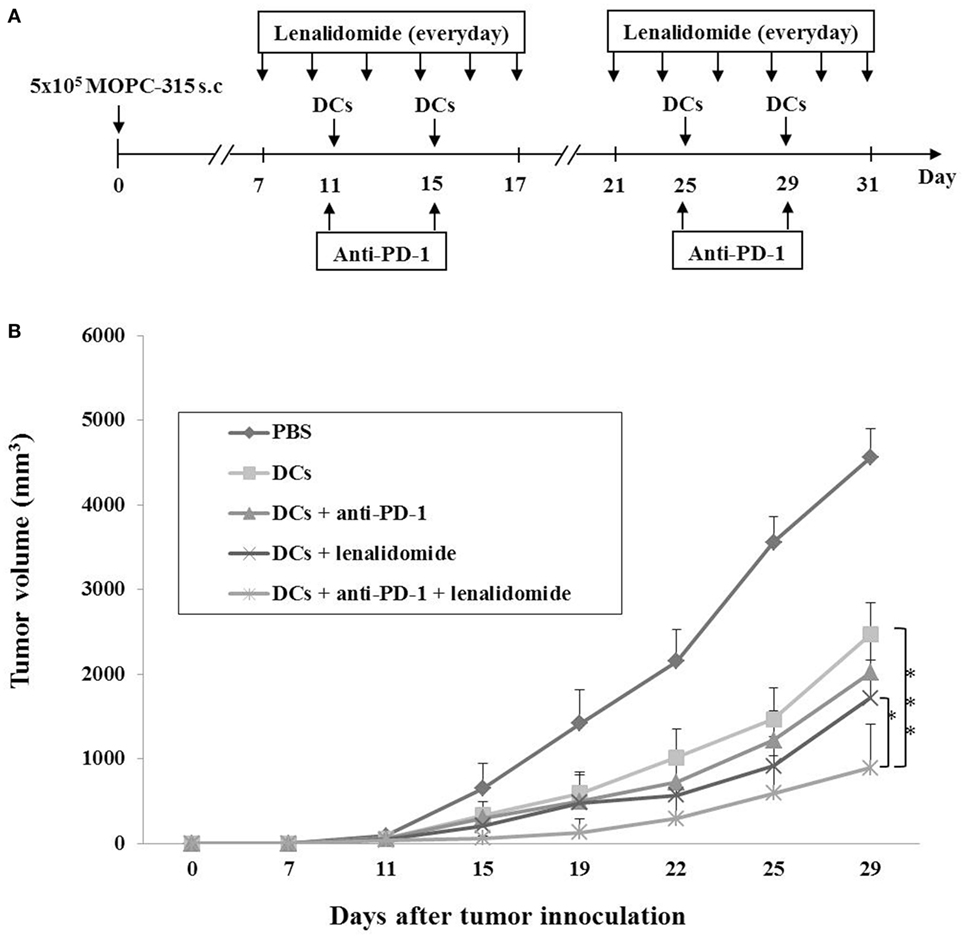
Winmdi 29 Free Download Software
Many of these slides have been published in several of our Purdue Cytometry CDROM and DVD series, and may be used personally without copyright restriction provided you give credit to the author and reference this site. Commercial or for-profit use is strictly forbidden.
New EV detection technology Professors: JPR: Dr. Paul Robinson, Purdue University Cytometry Laboratories BR: Dr. Bartek Rajwa, PUCL SK: Steve Kelley PUCL WT: Dr. William Telford, Flow Lab at Hospital for Special Surgery, New York, NY CCS: Dr. Stewart, (Retired) SJS: Sigrid J.
Watch dark angel season 2 online. Download scientific diagram Flow cytometric analysis of LN-18, LN-229 and U-373 human. Data were calculated directly from the plots using WinMDI software. 22,29,30 Pan-caspase inhibi- tion resulted in an entire abolition of caspase. Download free Mysterious Forest screensaver! Add a bit of magic to your screen! Feel the spirit of the natural freedom and ceaseless joy! Get into the heart of the mysterious forest where you can meet happy animals and fairy creatures! Download free Mysterious Forest screensaver! Bright up your desktop with free Animated Screensavers!
Stewart, (Retired) BHD: Bruce Davis Techniques for Giving a Great Seminar This lecture will be helpful to students, postdocs and faculty and is focused on presenting that special seminar where you want to really communicate your message in a very professional way. This presentation shows you what to do and what not to do to get your message across. Here is you can download. Lectures: # Title Prof Size Link Presentation on CD4 low cost tests in Africa JPR Presentation 101 for Graduate Students JPR Microscopy Series - BMS 524, 'Introduction to Confocal Microscopy and Image Analysis.'
Flow cytometry bioinformatics is the application of to data, which involves storing, retrieving, organizing and analyzing flow cytometry data using extensive computational resources and tools. Flow cytometry bioinformatics requires extensive use of and contributes to the development of techniques from. Flow cytometry and related methods allow the quantification of multiple independent on large numbers of single. The rapid growth in the multidimensionality and throughput of flow cytometry data, particularly in the 2000s, has led to the creation of a variety of computational analysis methods, data standards, and public databases for the sharing of results. Computational methods exist to assist in the preprocessing of flow cytometry data, identifying cell populations within it, matching those cell populations across samples, and performing diagnosis and discovery using the results of previous steps. For preprocessing, this includes compensating for spectral overlap, data onto scales conducive to visualization and analysis, assessing data for quality, and data across samples and experiments.
For population identification, tools are available to aid traditional manual identification of populations in two-dimensional (gating), to use to aid gating, and to find populations automatically in higher-dimensional space in a variety of ways. It is also possible to characterize data in more comprehensive ways, such as the density-guided technique known as probability binning, or by combinatorial gating. Finally, diagnosis using flow cytometry data can be aided by techniques, and discovery of new cell types of biological importance by high-throughput statistical methods, as part of pipelines incorporating all of the aforementioned methods., and are also key parts of flow cytometry bioinformatics. Data standards include the widely adopted Flow Cytometry Standard (FCS) defining how data from cytometers should be stored, but also several new standards under development by the International Society for Advancement of Cytometry (ISAC) to aid in storing more detailed information about experimental design and analytical steps.